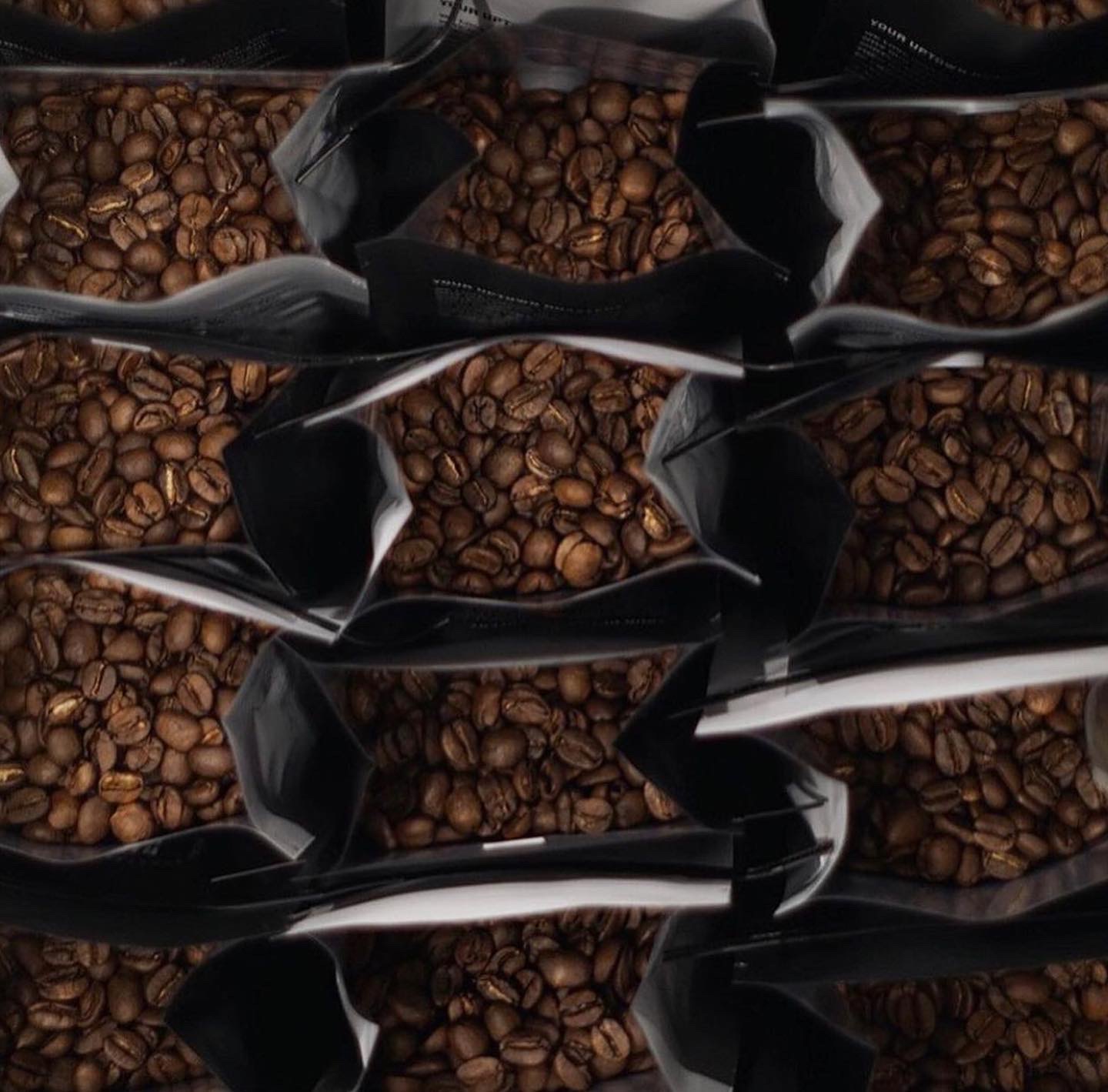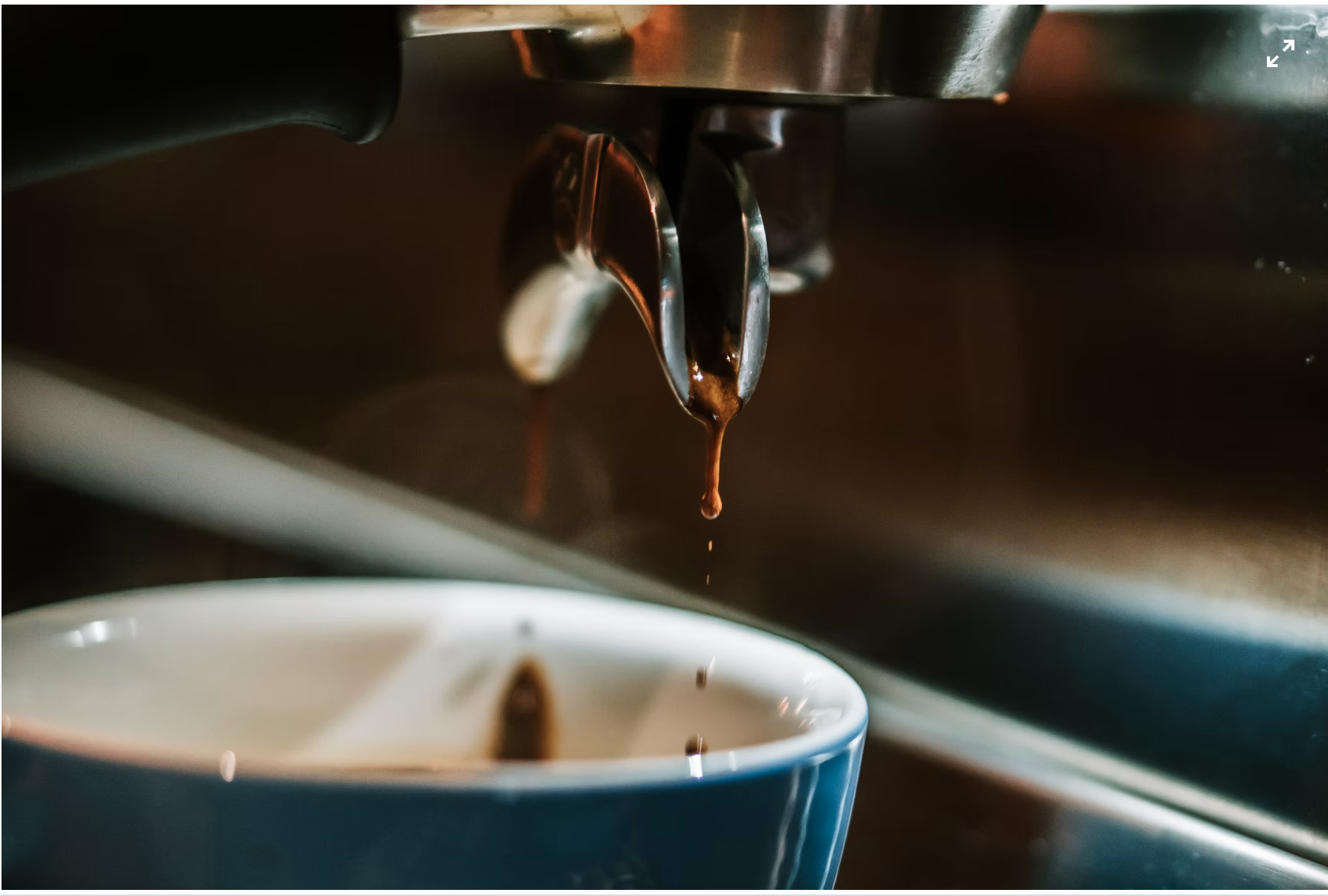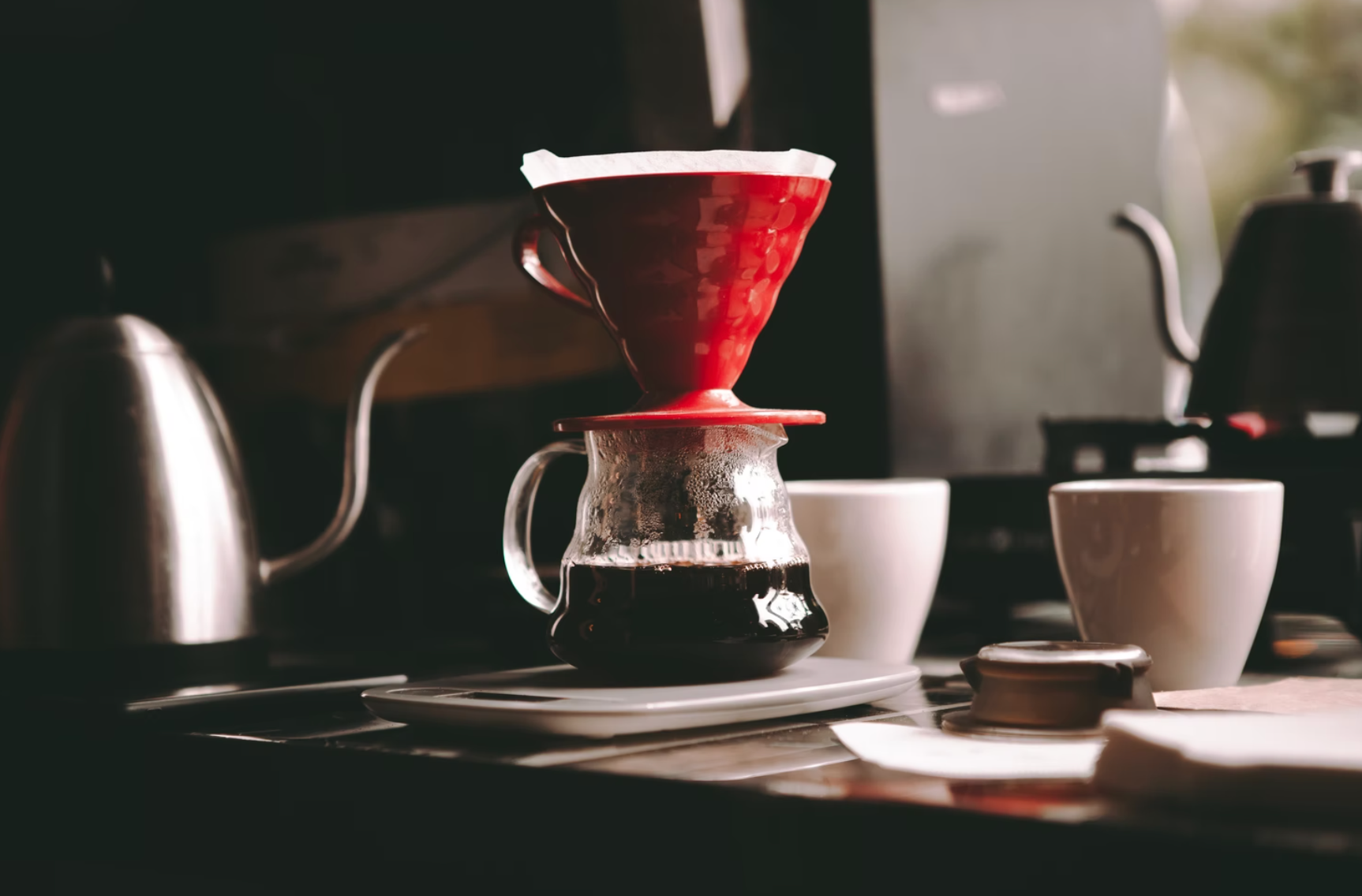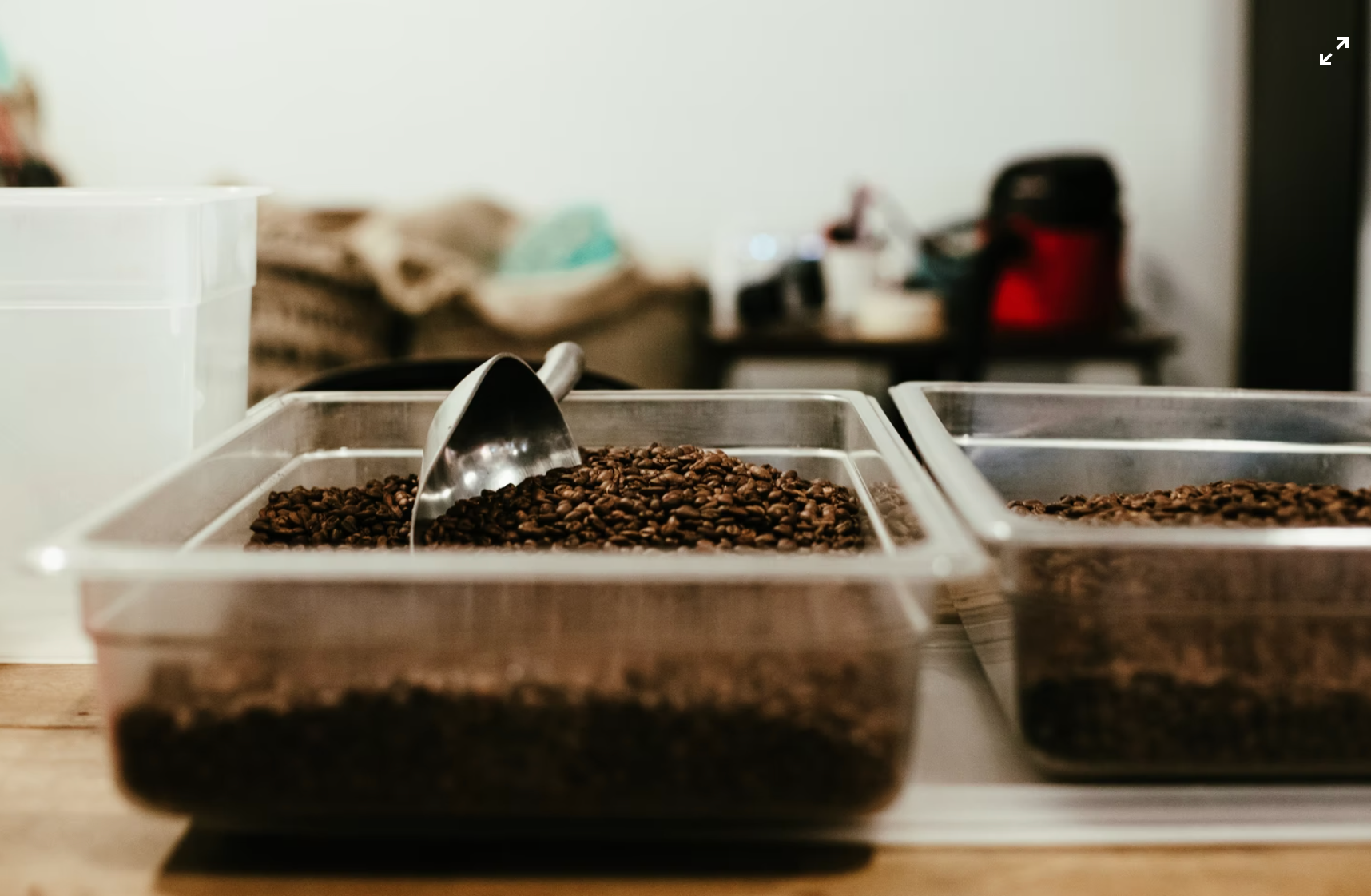
Kevin Pasman | November 2021

I have been asked about putting coffee in the fridge or freezer to keep it fresh.
I do not recommend this.
Coffee going stale is not caused by bacteria growth, so keeping the coffee colder does not help it last longer. Also as the air gets into your coffee it can absorb some of the smells from the air. You might not want your coffee to smell like that leftover pasta sauce you put in the fridge last week.
A freezer can be even worse than a fridge as sub-zero temperatures can break open the cells of the coffee bean and cause it to release CO2 faster! Both a fridge and a freezer also have a lot of moisture in them.
Now that you know how to best store your coffee to keep it fresher longer, it's time to take a look at what that range of freshness is. For this post, I will assume that your coffee is a whole bean coffee in a resealable container. But even following these rules your coffee will eventually break down, oxidize and lose its flavour. After all, coffee is still food filled with complex flavours, it can't last forever. So when is your coffee too fresh or gone too bad?
Wait, my coffee can be too fresh?
Yes, it can! Roasting coffee causes a whole bunch of changes to the acids, sugars, proteins and all the other organic compounds inside the coffee bean. Once the roasting process is done this jumble of chemicals continues to interact and react with each other. The chemicals in your coffee need to regain their equilibrium from all the changes the roasting did to them.
Coffee that is brewed immediately after being roasted is often described as unrefined, out of balance, or incomplete. Too much of that CO2 we talked about earlier inside the bean can also affect its brew. If there is too much gas trying to escape the coffee grounds while you are trying to brew, the CO2 can actually push the water away from the coffee, reducing how much coffee is extracted into the water.
This stage right after roasting as the CO2 begins to escape and the flavours settle down is called the ‘rest’ or ‘degas’ phase. The time a coffee should rest varies but usually, 3 days or so is a good standard. Coffee that is being used for espresso should rest even longer, at least 6 days. A lot of CO2 in your espresso grounds does not mix well with the high pressures in an espresso machine.
But don’t let a freshly roasted coffee deter you, I still prefer to buy my coffee as fresh as possible. That just means I can watch it rest for a few days if it needs to while I stare at it on my counter.
Before we look at how long it takes for your coffee to go ‘bad’ I want to be clear that I am not talking about mould or anything that will make you sick.
Just like flour in your pantry, there is no water left in a roasted coffee bean for bacteria to grow on. So long as you don't get moisture near your coffee until you are ready to brew it your coffee beans won't give you food poisoning. So that 2-year-old tin of coffee you found in your cellar won't make you sick but I promise you it won't taste very pleasant. (side note: sometimes there are little wet spots on the beans when they are in the bag. This is coffee oil that comes to the surface of the bean as the CO2 is released.)
The first step that coffee goes through as it loses its freshness comes through the loss of all that important CO2 we have been working hard to keep in the coffee after it has rested. While the CO2 is not the flavour of the coffee, the two are tied together. That coffee smell you love when you open a bag is embedded in the CO2 that is being released. As that CO2 leaves, it takes some of the coffee fragrance with it and since most of flavour is a fragrance you are losing flavour too. If you find a bag of coffee that has no smell when you open it, it is going to taste very bland. So let's keep that CO2 around as much as possible.

The second part of coffee going bad comes back to our old enemy: oxidation.
Not only is that CO2 carrying all the aromas away with it, but it's also letting oxygen into the cells of the coffee bean. The oxidation process breaks down all those organic compounds and delicious flavours in the bean. As they are broken down, these flavours are actually changed into other compounds and flavours that do not taste very good. So as the good flavours disappear the coffee will begin to taste dull, flat and boring compared to what it used to taste like.
As more of the flavour compounds break down you may start to notice the coffee starts to get a sour, bitter, acrid and stale flavour. The older the coffee gets, the more of the good flavours disappear and are replaced with stale flavours in your cup.
A trained coffee professional can start to taste the decrease in freshness in as little as 3 weeks.
This would be the very beginning of coffee starting to lose its flavour and tasting a big ‘flat’. There won’t be any unpleasant stale flavours noticeable yet. It isn’t until about week 5 or 6 that some of the oxidized, stale flavours begin to show up.
You may or may not notice them at this point, but as the coffee gets older those stale flavours will slowly overtake the good ones. Exactly how long you want to keep drinking that coffee is really up to you. Personally, I drink coffee up to the age where I don’t like how it tastes anymore, usually around week 6. Like people, all coffees will age differently too so drink your coffee in whatever way you like it until you don’t like it anymore. Then stop.

And of course, once the coffee is brewed, please drink it immediately. Many of the flavorful organic compounds break down very quickly once they are exposed to water.
All the fragrant CO2 is fully released to give you that wonderful brewed coffee smell, but those fragrances can disappear within a few minutes. Ask anyone who has found themselves microwaving a cold mug of coffee
(don’t worry, we have all been there, life happens), brewed fresh is best!



